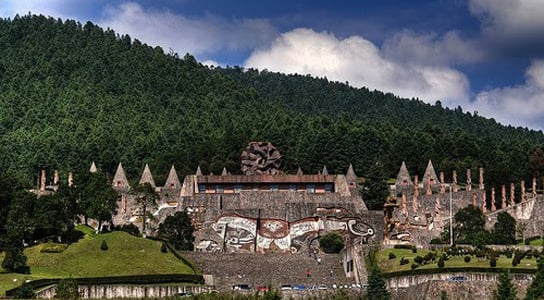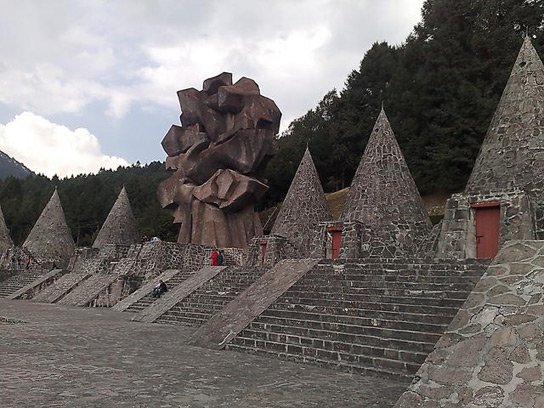
The Centro Ceremonial Otomi.
In the 15th century, the population of the city-state Xaltocan, part of the Otomí, vanished and was replaced by the growing Aztec culture. The fate of the Otomí in the region is known only through conflicting historical accounts and archaeological evidence. A new genetic study has recorded the comings and goings of the Otomí and further deepens the mystery.
The scientists published their findings in the American Journal of Physical Anthropology. In the 15th century, Mexico was made up of warring city-states with different cultural identities. In 1428, several of these city-states joined together to form the Triple Alliance, which eventually became the Aztec Empire. Xaltocan was located in central Mexico and was among the cities assimilated, but the exact details of what happened are unknown.

Documents hint that the city was abandoned by the Otomí in 1395 following a military clash and was repopulated by the Aztecs in 1435. Archaeological evidence indicates that the Otomí remained in the area after it was abandoned and stayed there until the Aztec takeover.
Jaima Mata-Míguez, an anthropologist at the University of Texas at Austin, decided to track the pattern of the overthrow using genetic sampling. The scientists sampled mitochondrial DNA from 25 bodies recovered outside excavated Xaltocan houses. The remains had been dated from 1240 to 1521, and could act as markers of the population before and after the occupation. The DNA in the pre-conquest samples didn’t match the post-conquest ones, indicating that a new biological influence came with the cultural overthrow.
The sample size is small and might not be entirely representative of the historical conquest. There are three likely scenarios that fit the genetic data. One, the Aztecs might have entirely replaced the Otomí at Xaltocan, though the researchers consider this unlikely. Second, there may have been a cultural cascade after the elite Otomí fled. New members of the original community might have moved into the space and there could have been an influx of migrants.
Finally, there could have been a switch in how households were inherited. Mitochondrial DNA is passed down through mothers, so it can record a change in the female aspect of families, but lacks continuity among the male members. It’s possible that there was a maternally-inheriting community before the conquest and it became paternally-inhering afterward.
The results show that the Otomí inhabitants weren’t maternally related to the Aztec-era inhabitants, but it’s not possible to say which of the hypotheses is true.
Reference: “The genetic impact of aztec imperialism: Ancient mitochondrial DNA evidence from Xaltocan, Mexico” by Jaime Mata-Míguez, Lisa Overholtzer, Enrique Rodríguez-Alegría, Brian M. Kemp and Deborah A. Bolnick, 17 October 2012, American Journal of Physical Anthropology.
DOI: 10.1002/ajpa.22152









Be the first to comment on "Genetic Evidence Tracks Missing Otomí During Aztecs Conquest"